Meet the golf course manager: Kristian Summerfield
Related Articles
Yelverton Golf Club in Devon, which celebrated its centenary in 2004, is an 18-hole (since 1912), par 71 (6,353 yard), private members’ club with a moorland course designed by the legendary Herbert Fowler. The venue describes itself as ‘the south west’s hidden gem’.
GreenKeeping caught up with its course manager, Kristian Summerfield, to find out how his team maintains a venue that sometimes suffers from 2,400mm of rainfall per year.
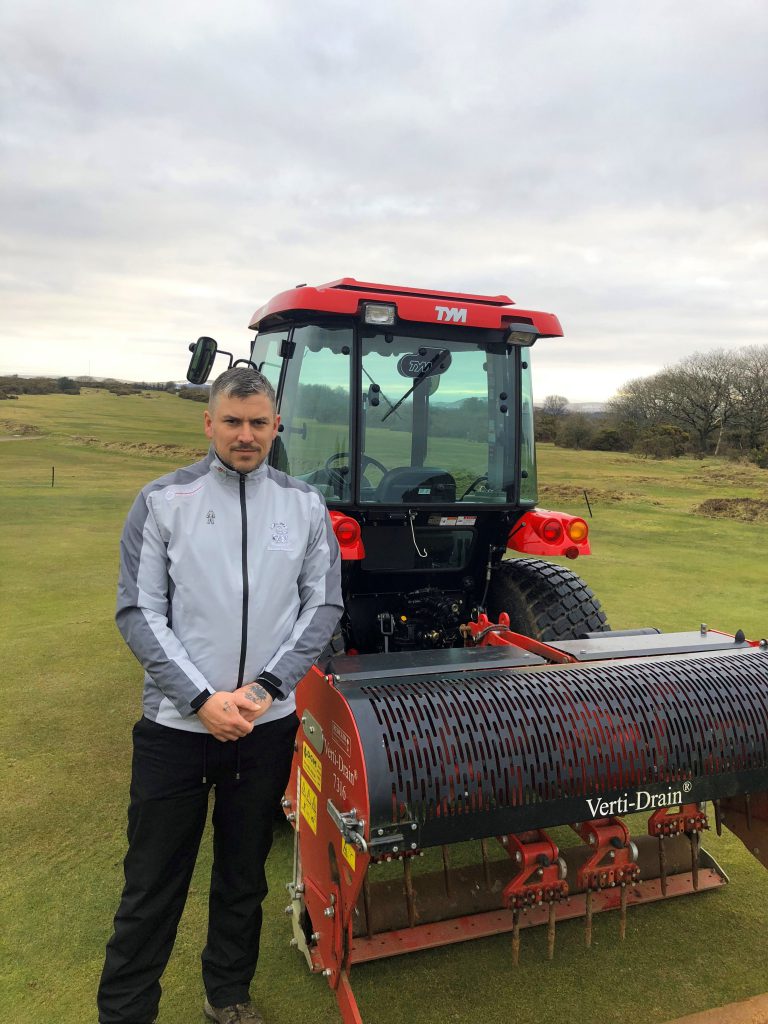
GreenKeeping: How did you end up as the course manager at Yelverton Golf Club?
Kristian Summerfield: Golf has always been a big part of my life – I first started playing at the age of five, reaching my best handicap of five. I then followed my brother, David, into greenkeeping almost 23 years ago. I started working for him at Bird Hills GC in Berkshire where he was, and still is, course manager, and to this day remains one of the first people I go to for advice. I was then extremely lucky to work for another huge influence in my career, Gordon Irvine MG, at Mill Ride GC, whom I retain as course consultant today. It was here I gained access to the knowledge of one the best proponents of traditional greenkeeping practices in the industry and what I was taught there I still use today. I then returned to Bird Hills for seven years, then after short spells at two other clubs in the area, I decided to move to The Netherlands to gain experience of working in a different country, and what was meant to be for one season turned into nine years! In that time I worked up to a course manager position at Golf en Businessclub de Scherpenbergh. It’s a fantastic club that is always innovating and as a club we rose through the Dutch rankings. In my time there we achieved so much, they also let me travel to the USA to study at Rutgers University, which was an incredible experience. I was also fortunate enough to co-design two par four holes for the club along with the general manager, Joost Poppe, and oversaw the construction and grow-in stages. Towards the end of my time there I was awarded the honour of Greenkeeper of the Year by the Nederlandse and Belgium greenkeeping associations before moving back to the UK to take over from at Yelverton Golf Club where I have been for the last three years. I studied with Scotland’s Rural College (SRUC) for the HNC in golf course management with an R&A scholarship, and will be starting the HND later this year.
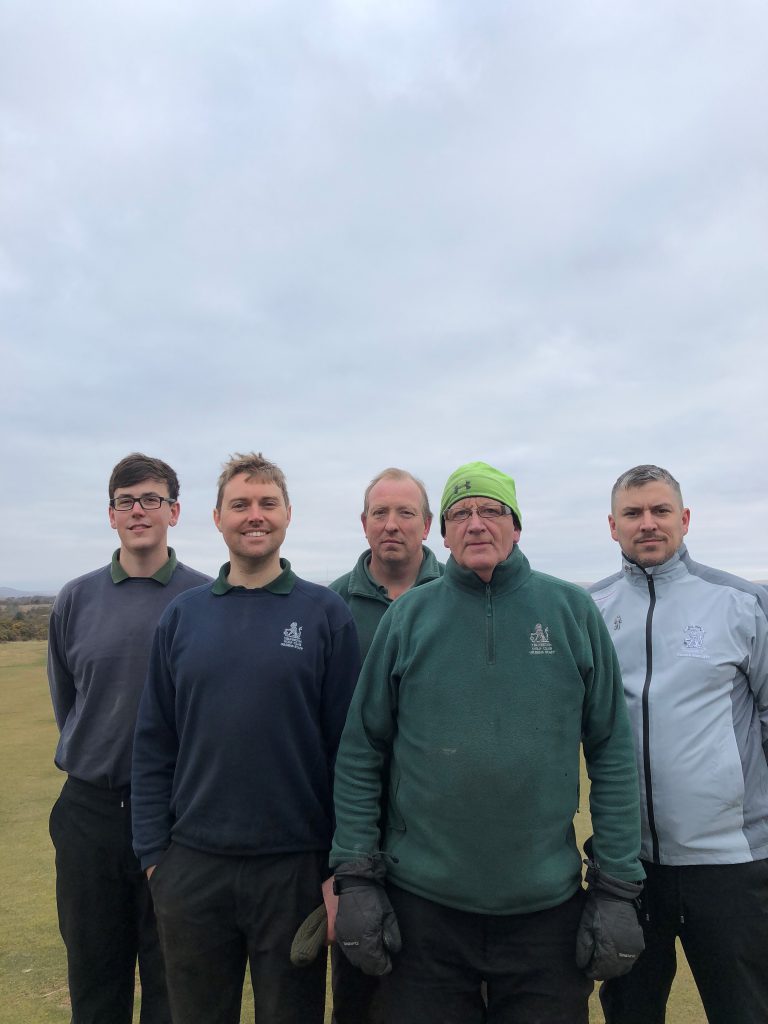
GreenKeeping: What is the size of your team?
Kristian Summerfield: We are a team of five (including myself) with varying levels of experience and expertise. Mike Zmaczynski has been a part of the furniture here for 24 years and Neville Wright has been here 12 years – between these two, they have a wealth of knowledge about the course. Dan Rosevear is a very bright young greenkeeper who has been here for four years and made it down to the final three nominees for the Excellence in Business Training ‘Apprentice of the Year 2018’, where he finished runner-up. Finally, Jonathon Coombs joined us from the clubhouse in January and has settled in brilliantly. They are are a great bunch of guys, each with their own individual abilities, which I try to accommodate in daily operations, though we do rotate tasks where possible to keep things fresh.
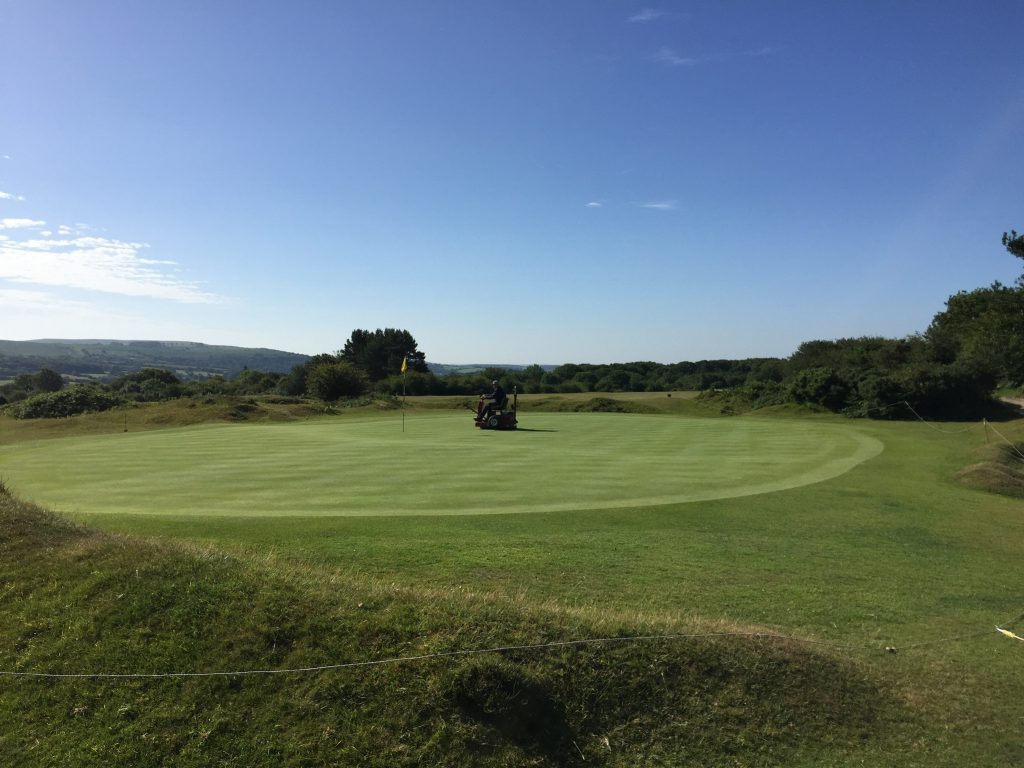
GreenKeeping: What are the biggest challenges you currently face?
Kristian Summerfield: Without doubt it’s the rainfall we get here at Yelverton. Sitting on the western edge of Dartmoor, at up to 700 feet above sea level and only eight miles from the channel, we get the brunt of the storms that wash in from the Atlantic, which results in excessive rainfall. We average 1,800mm per year but have previously experienced 2,400mm in a 12-month period. This isn’t helped by the fact there is very little artificial drainage around the course where the majority of the greens are almost 90 years old – constructed with methods where the emphasis was on retaining water for the summer season, with less regard to how the course played in the winter as there was very little golf played in winter back then. With a changing climate we now experience wetter summers and winters and all this combined means we have to undertake a very intensive aeration programme for all areas of the course to increase infiltration and percolation rates to get water away as quickly as we can to support year-round golf. We have also started a drainage programme in several areas around the course that are impacted the most by the rainfall.
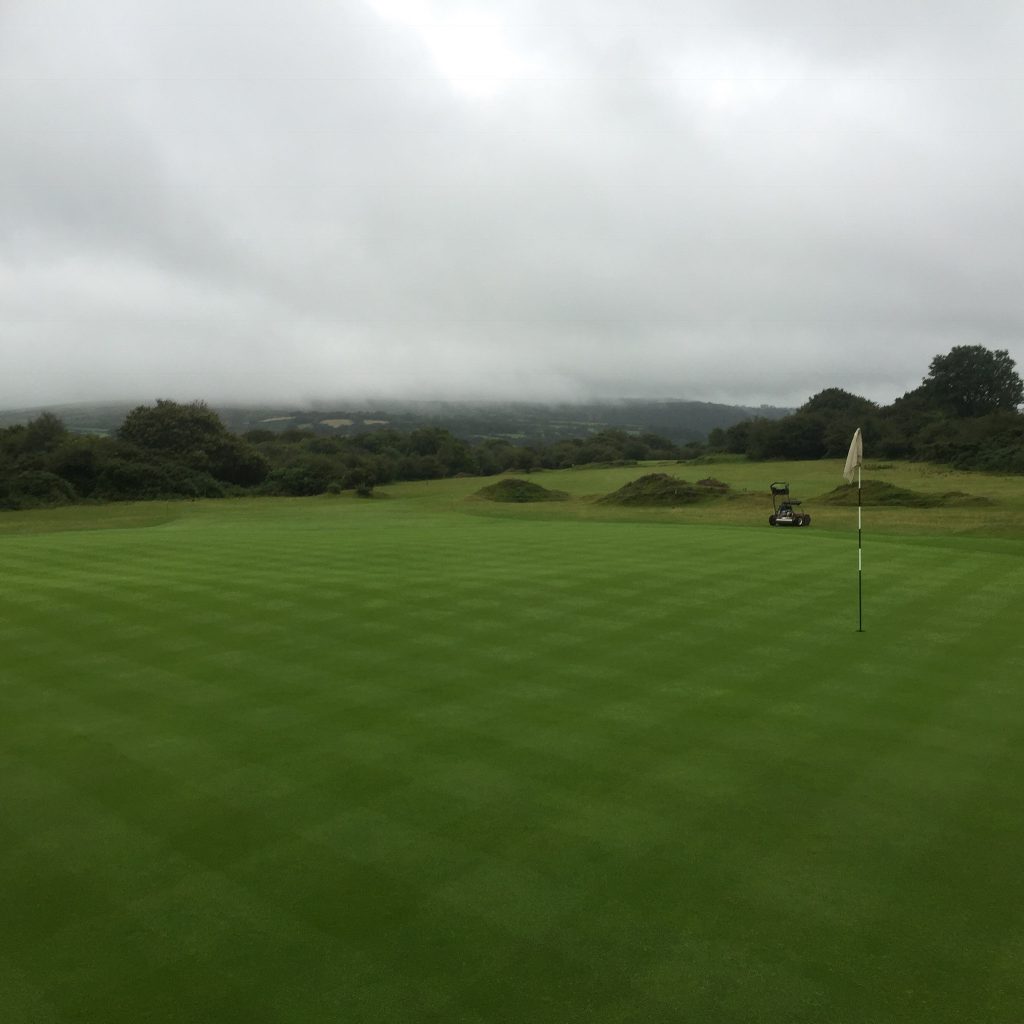
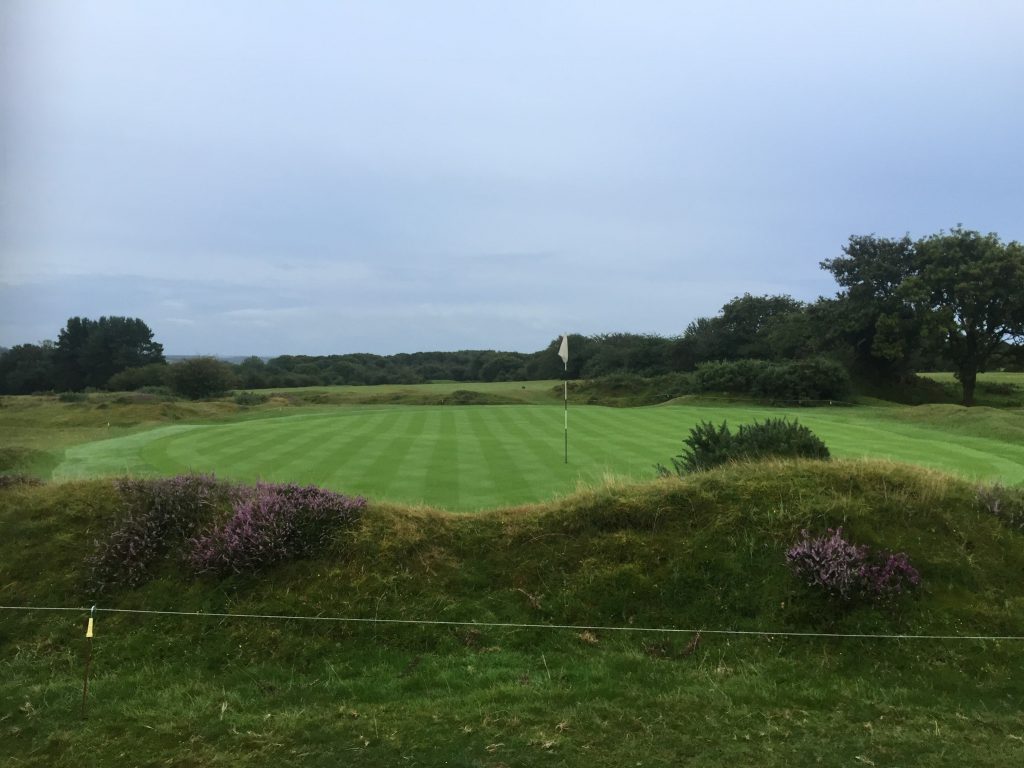
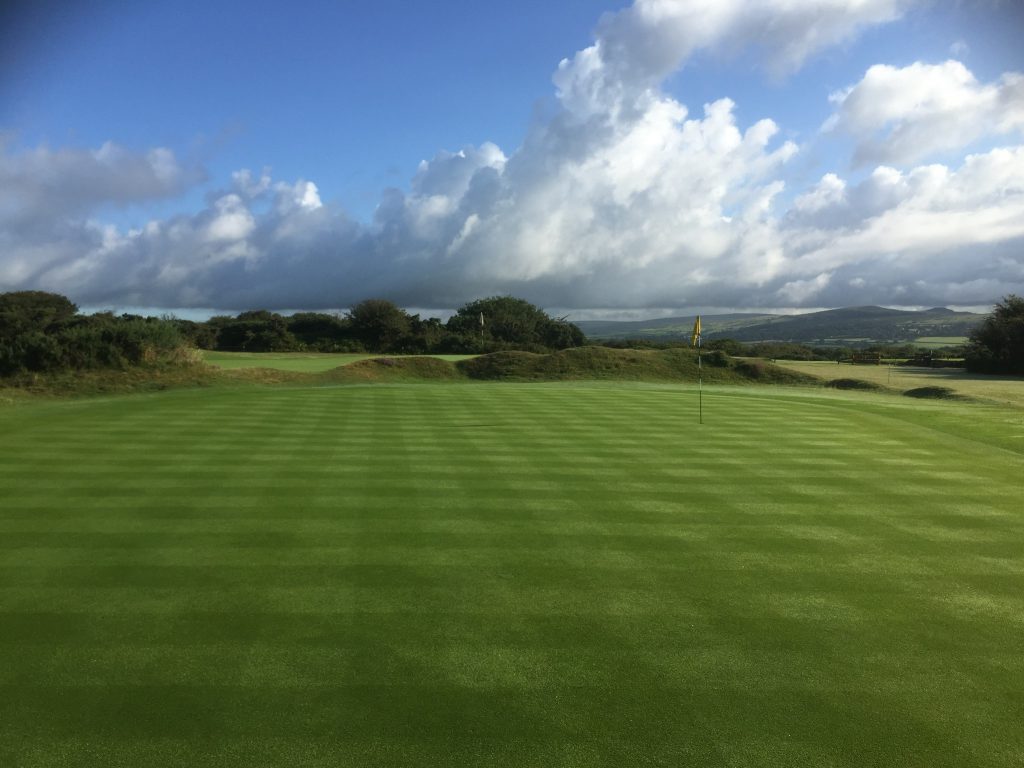
GreenKeeping: What aeration programme do you employ?
Kristian Summerfield: We have a very intensive aeration programme for all areas of the course. We use our Verti-Drain 7316 once a month – from April to October we use 8mm tines to depths between four and six inches. From November to March we use 12mm tines down to 12 inches, helping us to impact at various levels within our rootzone. We also use a deep slitter once a month, Sarel rollers twice a month and our Air2G2 wherever it is neccessary. This is all complemented with yearly hollow coring which is normally conducted in September but with 1,250mm of rain between September 2017 and March 2018 this year we’ve hollow cored in March. On the fairways and tees we Verti-Drain as often as time allows. Last year we Verti-Drained all of the fairways six times which has had a tremendous impact on the plant health and draining capabilities. Our busy golf schedule also sees us aerate around competitions during the season which frequently sees me in at 3am to get a good start on the fairways before golfers arrive. I also have Mike here who comes in everyday at 2am (he’s a bit of an insomniac) so it’s good to have him here with me from a health and safety point of view.
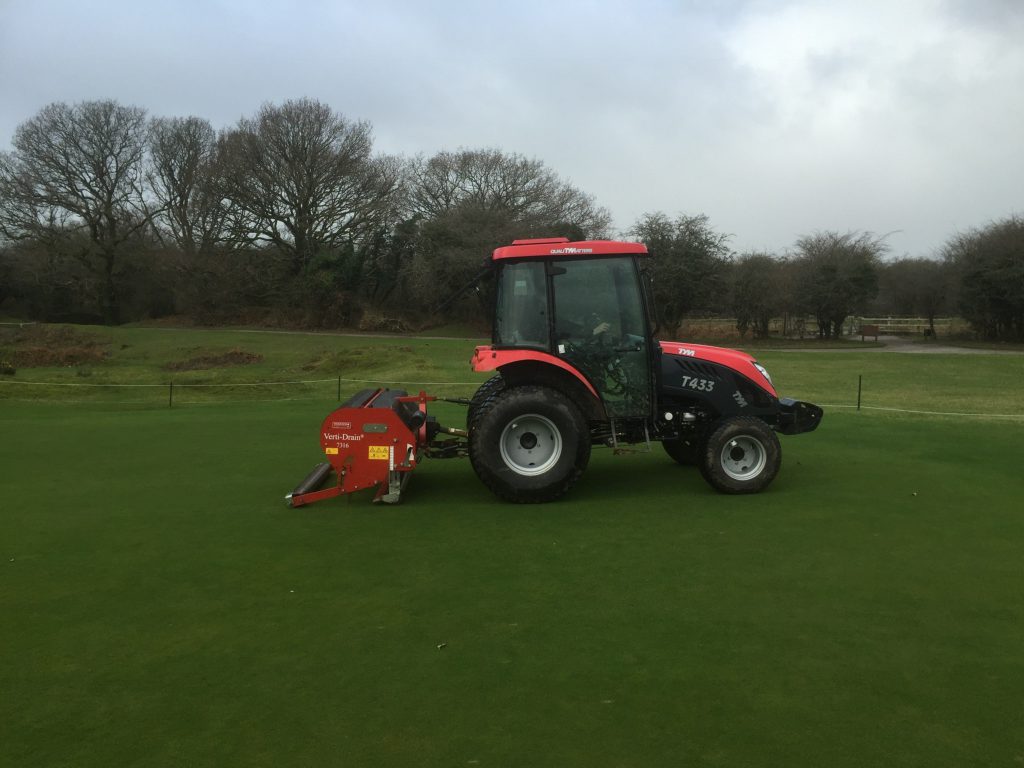
GreenKeeping: The club invested in a Charterhouse Verti-Drain 7316 last year. What criteria did you use to select this make and model?
Kristian Summerfield: I have had previous experience with Redexim Verti-Drain aerators, for me they are the pinnacle of aeration equipment, and for us here at Yelverton it was a perfect fit. We have a very thin and rocky rootzone around the majority of the course, and our old aerator was too heavy, resulting in us going through tines at a rate of knots. The lightweight characteristics of our new Verti-Drain 7316 means that instead of the machine trying to drive through rocks, it rides over the top which has greatly reduced the amount of tines we go through per session. Budgets dictated that we had to find an aerator that was light enough to work on the greens but also big enough to use on fairways.
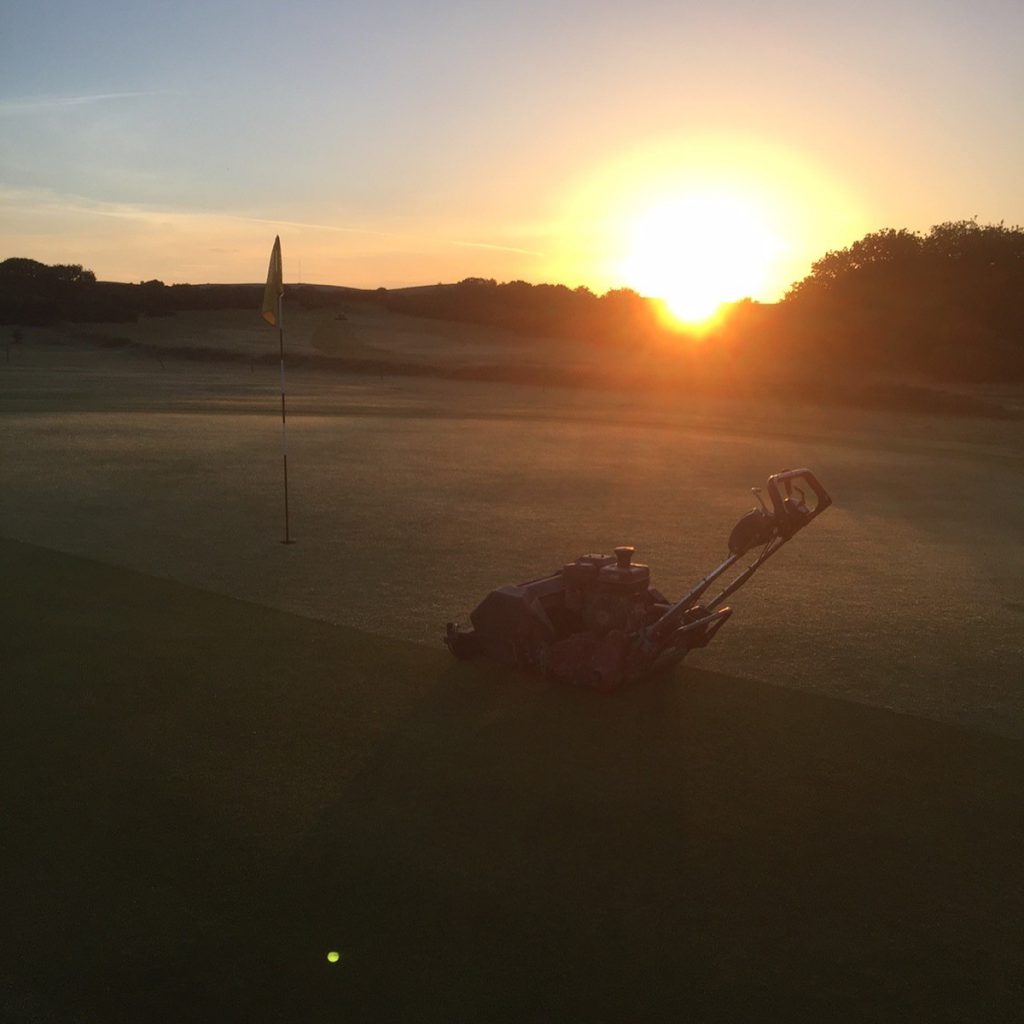
GreenKeeping: What have you found the major benefits of the Verti-Drain to be and how has this helped the maintenance and presentation of the course?
Kristian Summerfield: Thanks to the amount of rain we get it has become the most important piece of equipment we own. As well as being able to get water away from the surface far quicker than before, we have been able to improve the root depth and mass which improved plant health and will be crucial when we come into drier periods of the year as we dry out very quickly. The ability to adjust the heave, compared to a straight up and down, also ticks a big box for us.
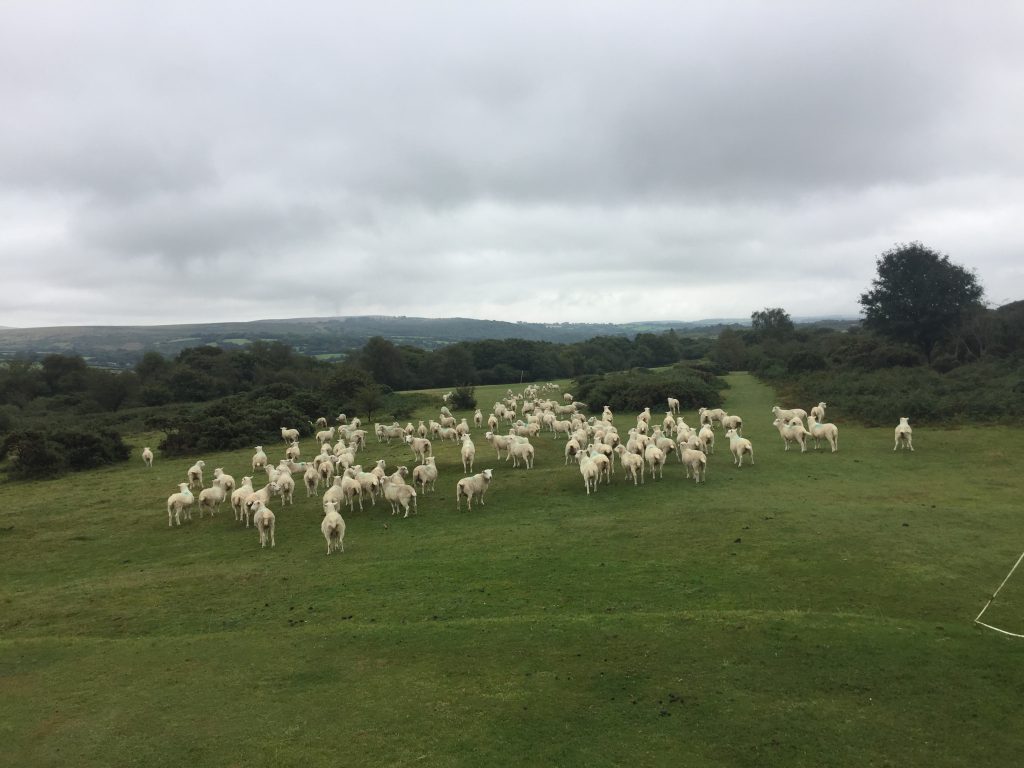
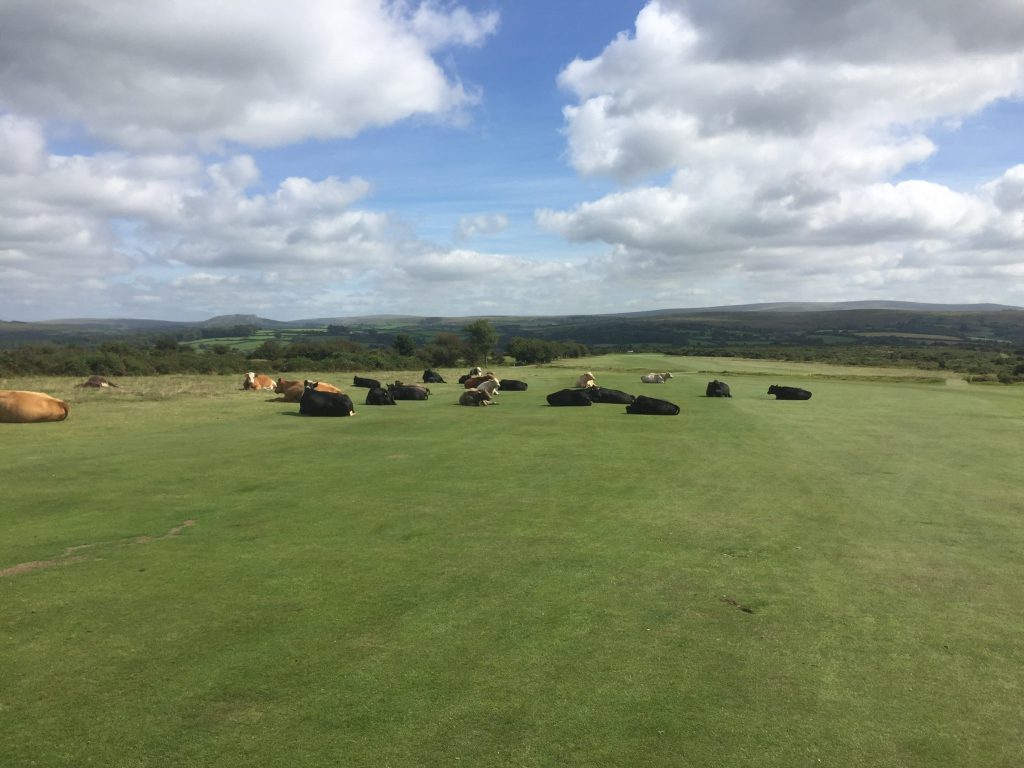
GreenKeeping: What wildlife does your National Park location bring and what challenges does your location bring for the maintenance?
Kristian Summerfield: This is one of the unique features of Yelverton – last year we had 450 sheep, 50 cattle and around 50 Dartmoor ponies roaming the course, and though they’re wonderful to look at, they do create a nightmare for golf course maintenance! We have electric fences set up around all of the greens and approaches to deter the livestock from damaging these areas, though sometimes they still get in and can cause considerable damage. We also have the unenviable task of cleaning up the excrement that they leave us on a daily basis which can take as many as 22 man hours a day, preventing us from working on other areas we want to tackle. Looking on the brightside they do keep the the rough down from grazing, meaning that we don’t have to cut the rough. It is a fascinating site and the wildlife is part of the Yelverton experience for both golfer and greenkeeper. There is something very special in seeing new born foals roam the course – Mike has even assisted a Dartmoor mare give birth after finding her struggling. But on the flip side you also see nature at its most violent and the food chain in action.
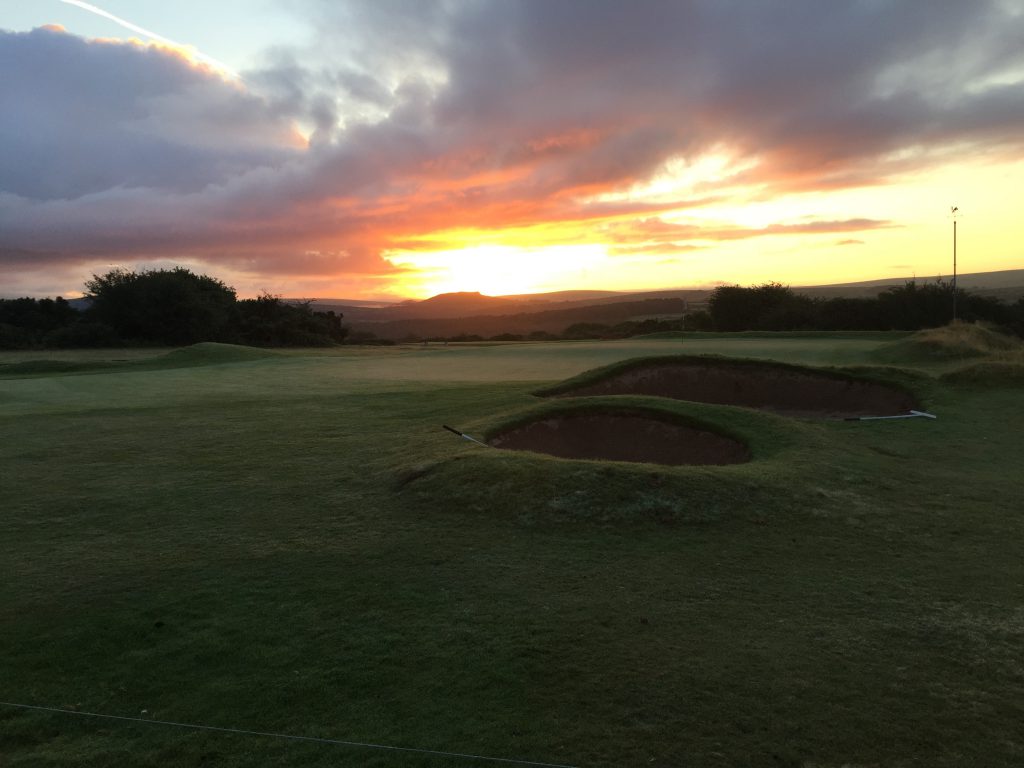
GreenKeeping: What grass cultivars and seed do you use across the course; how often do you overseed?
Kristian Summerfield: We are a traditional moorland golf course so we keep to traditional grass species. For the last three years we have sown 100kg per year of straight colonial bent mix into the greens once a year using a disc seeder. This operation normally takes place at the back end of September because, with the very rudimentary irrigation system we have, with the risk of encountering a dry spell that could seriously impact on how well the plant establishes.
For us, in late September we’re still achieving good ground temperatures, plenty of sunlight and generally the rainfall is just right for establishment. This year for this first time we’re looking at sowing some fine fescues into the greens. We have observed large natural colonies of fescue starting to establish on the majority of the greens, which shows that we are creating the right environment for fescues to grow. On the tees and fairways we use a fescue / bent blend to compliment the native species.
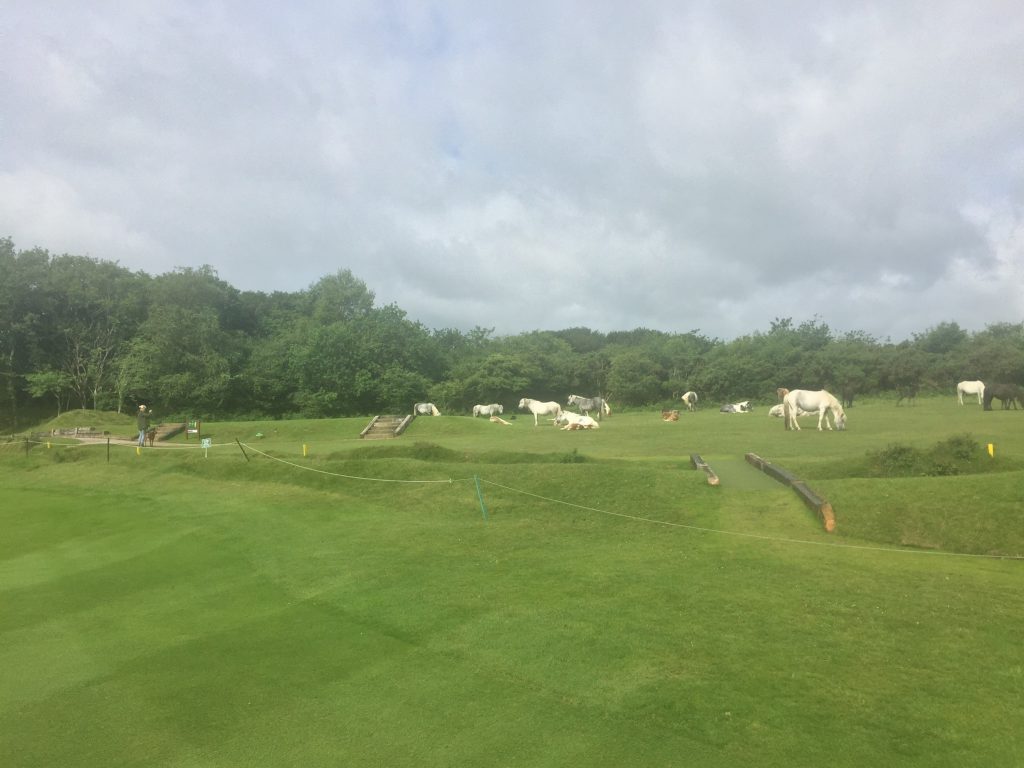
GreenKeeping: What did you do to be named ‘Dutch Greenkeeper of the Year’ in 2015?
Kristian Summerfield: It was a relatively new initiative, founded by the Nederlandse Greenkeeping Associatie (NGA) and Greenkeeping Association of Belgium (GAB) in 2014, and I’m still extremely proud and thankful to be chosen as only the second winner. There were some excellent candidates, from courses including The Dutch and The International, who were nominated, interviewed and visited by three judges from the Dutch industry. The prize was awarded at a black tie ceremony where I was privileged to share the stage with the best Dutch golf had to offer, including professional golfer Joost Luiten. I’m not sure why the judges chose me but what I can say is I spearheaded a fantastic team in Holland who together helped to transform a little known club to a top course. We innovated, extensively changed holes and transformed disease-ridden greens using purely cultural practices. No project was too big for us and perhaps it was this and a bit of dynamic, and different thinking – whilst still staying true to basic greenkeeping principles – that the judges noticed.
I am very proud of what I achieved in Holland. The industry is small in comparison to the UK but has lots of very knowledgeable course managers who are working tirelessly to evolve the Dutch greenkeeping industry. It’s a fantastic place to keep greens and I personally learned a lot, especially on how to greenkeep without using pesticides. If any young greenkeeper gets the chance to work a season in The Netherlands, take it!
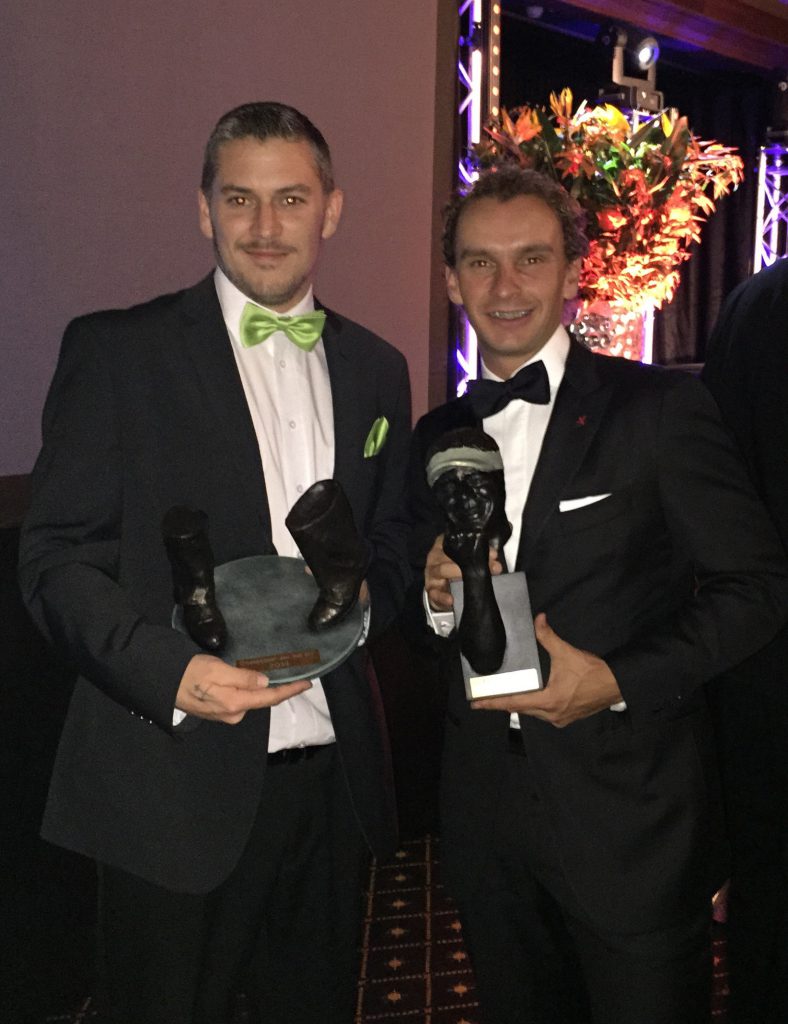
GreenKeeping: What machinery fleet are you currently using?
Kristian Summerfield: We are not tied to one particular manufacturer so choose a blend of machines that fit the task they are needed for. We have:
4 x Toro Greensmaster 1000 hand mowers (greens)
1x Toro 3400 Triflex (approaches)
1x Toro 3250 (tees)
1x Toro GreensPro 1200 roller
1x Jacobsen LF3800 (fairways)
1x Jacobsen Tri-King 1900d (surrounds)
1x John Deere ProGator with HD200 sprayer
2x John Deere Gator 865 utility vehicles
1x TYM T503 tractor
1x John Deere 4500 Tractor
1x Ty-Crop Propass topdresser
1x Verti-Drain 7316
1x Air2G2
1x SCH sarel roller
1x Aeroquick deep slitter
4x strimmers of various makes
1x Stihl combi unit with chainsaw and hedge trimmer heads
2x Husqvarna chainsaws
2x blowers
Greentek scarfiers, verticutters and Sarel rollers.
We choose to hand-cut our greens as I find it gives a far better cut and ball roll than a triple, and as we never go below 4mm the 1000s are the best machine for this job. We have also recently purchased two new Gators and the TYM tractor. On our terrain, the utility vehicles take a fair amount of punishment so we need something that can cope with this and the Gators fit this bill. We bought the tractor to replace our old tractor which is 18 years old and starting to show its age. We have kept our John Deere as a yard tractor which will greatly benefit our ability to get topdressing directly into any aeration holes we create on a more regular basis. Time is of the essence for us and previously, to get topdressing down, we would either have to hand-fill the topdresser or wait a day or two until the tractor had completed the aeration job. This, I believe, will have a huge impact on our infiltration rates.
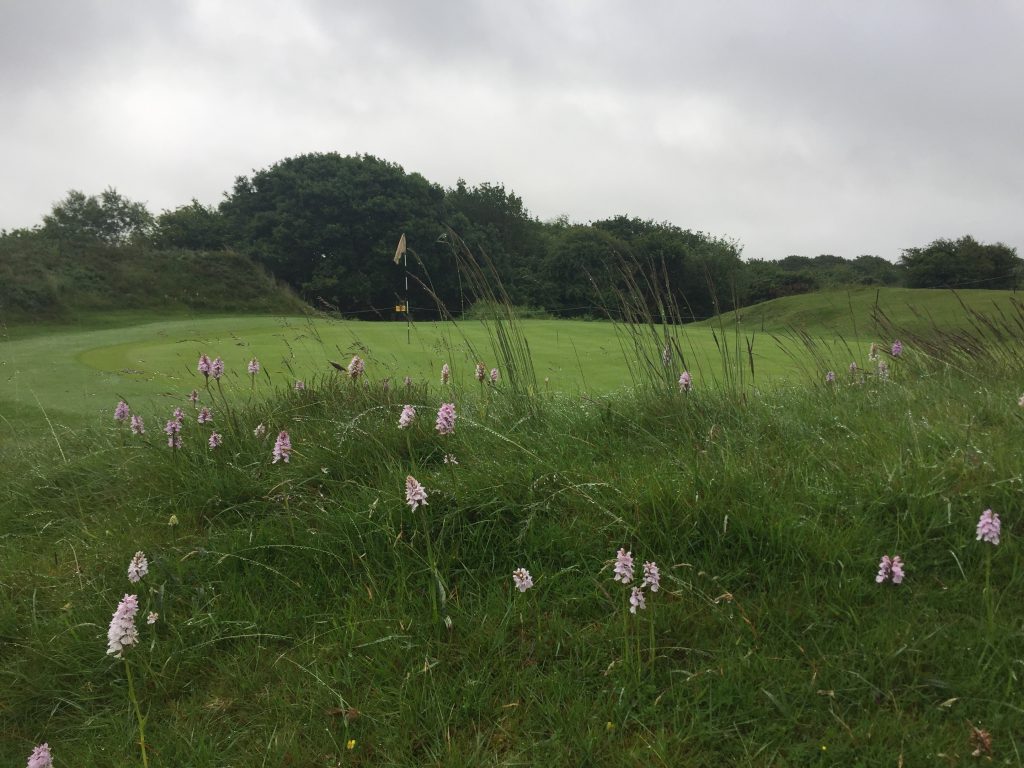
GreenKeeping: How many bunkers do you have across the course and what maintenance programme do you run? Are there any renovation plans?
Kristian Summerfield: There are 41 bunkers at Yelverton though they are not big bunkers. We split the course four ways so each cut / switch greens, approaches and tees, divot, clear animal waste, keep paths and steps tidy and this also allows us to maintain the bunkers on a daily basis. We regularly trim the edges, weed and de-stone where needed, but throughout the winter we are mainly de-compacting and pushing up sand due to the the heavy rainfall.
One of the biggest challenges we face is repairing animal damage – the cattle can completely destroy the edge of a bunker, especially those on the fairway that are not protected by electric fencing. On the worst affected bunkers we reinforce the face with Ecobunker edges as it is not possible to use natural revetting tiles, these just get trashed by the animals.
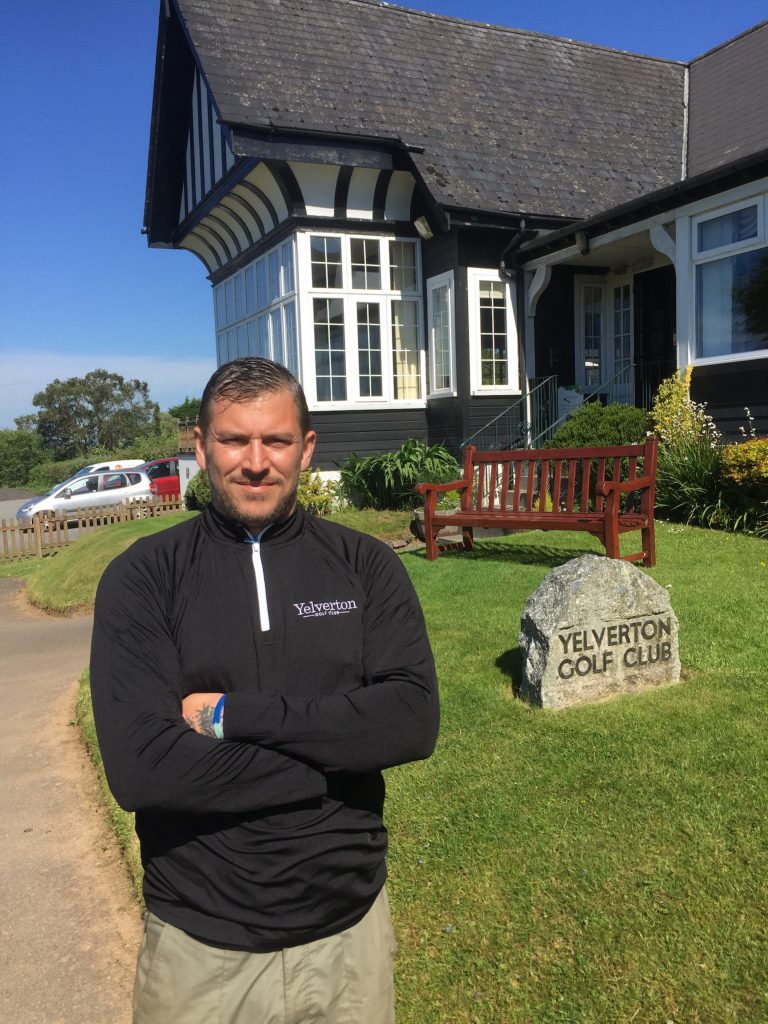
GreenKeeping: What irrigation system set up does the course have and how do you manage the water when the course needs it?
Kristian Summerfield: It is a very rudimentary system – we pump out of a borehole into a reservoir tank and from there it is pumped out around the course. Unfortunately, there’s only a hose point at the back of each green which we plug the hose in to and hand water. It is a very laborious task which requires me to come in at 3am and split the greens between myself and Mike. Although it is laborious, it is also extremely precise. We apply water only where it is needed (with a wetting agent tablet attached) which I find suits us – trying to stress the weedgrass poa annua whilst keeping the finer species in a healthy condition. One of the biggest challenges I find with such a basic irrigation system is timing fertiliser and topdressing applications. It is difficult to wash in materials with a hose without moving what we have applied so we try and time these applications to the rainfall forecast.
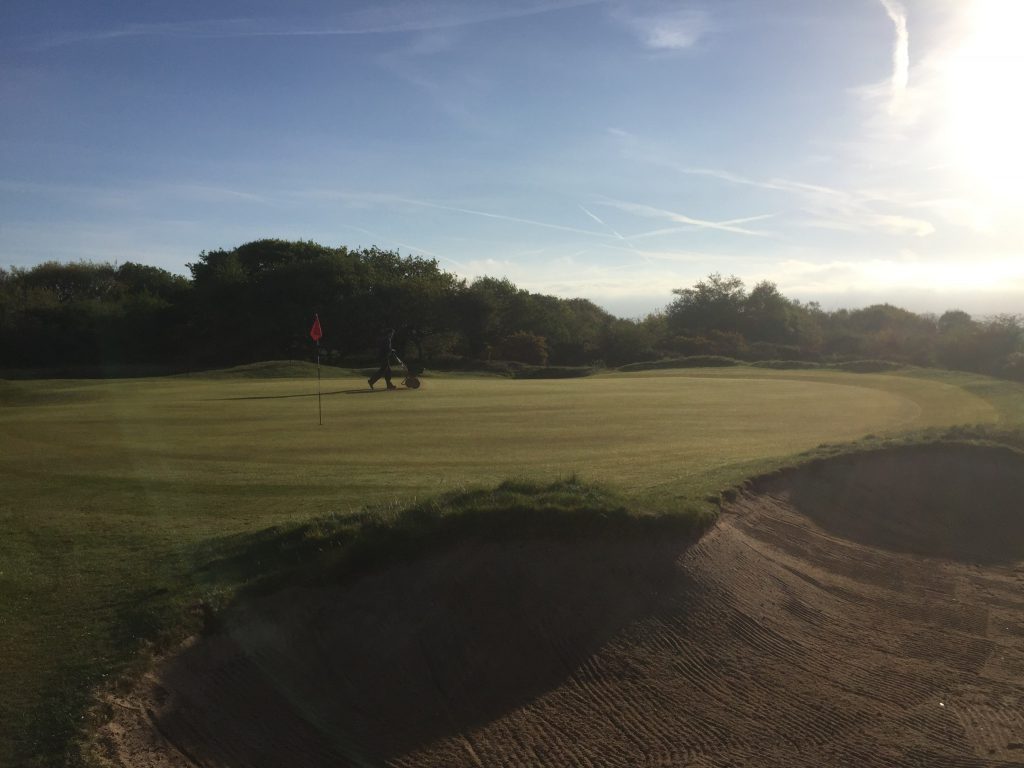
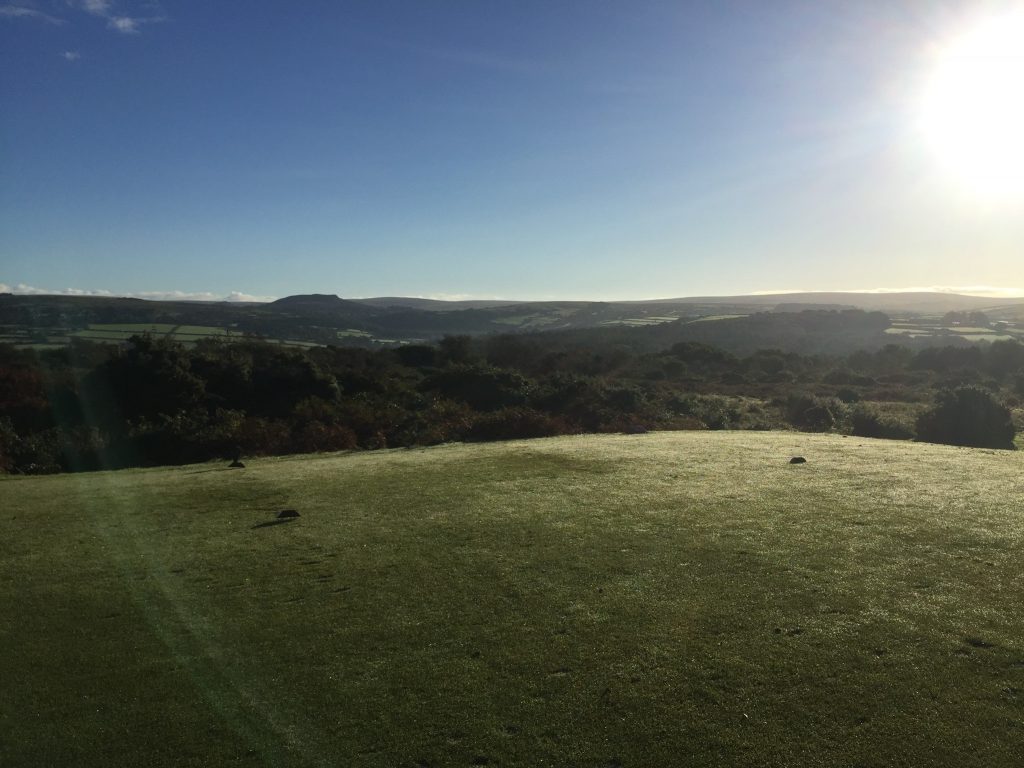
GreenKeeping: What fertiliser programme do you use across the course?
Kristian Summerfield: Our fertiliser programme is very basic and straight out of the Jim Arthur playbook. I strongly believe that using organics is the best way to maintain the natural processes within the rootzone that determine plant health. We use 8.0.0.SSD Blood, Hoof and Horn on the greens and approaches as our main fertiliser as and when needed, usually 60kg/ha per year. I find that the finer grasses react far better to this fertiliser than the weed grass, so we can almost selectively fertilise the finer grasses over the undesired species. This approach is supplemented with various seaweed products like Maxicrop Triple and Farmsea 10 which is washed in with our wetting agent throughout the season. We then use Go Green+ throughout the winter to give an Iron and Potash source and in early season we may apply a Lawn Sand if it has been excessively wet to try and prevent moss encroachment. With this basic programme we have seen an increase in the finer species populations and a big decline in disease outbreaks – we have only sprayed a fungicide once in the last 18 months which is very pleasing considering how many rain and fog days we have. This also enables us to keep costs very low.
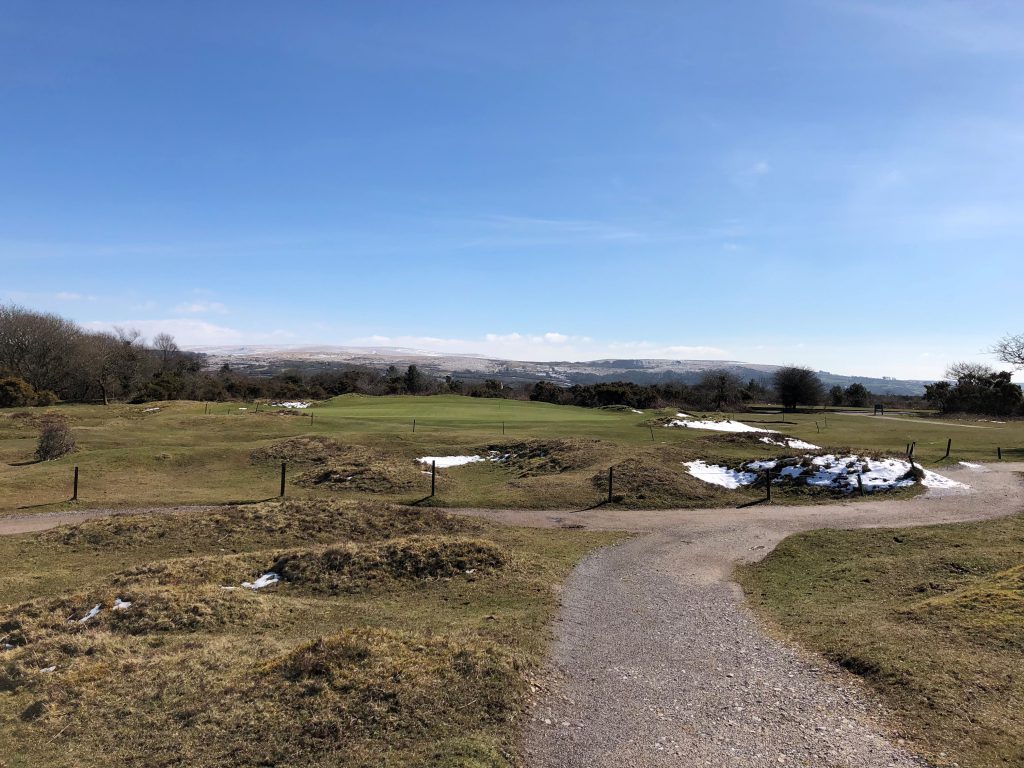
GreenKeeping: What height of cut do you use across the greens, tees, fairways and rough, and what man hours does mowing take weekly?
Kristian Summerfield: Our day to day height of cut on the greens during the season is 4.25mm and up to 5.5mm in the winter so we do not stress the finer species too much. We will drop down to 4mm and roll for big competitions. We hand cut every day throughout the season which takes more man hours but it is worth the extra time for the improved ball roll and presentation. The approaches are cut at 7mm throughout the season and 10mm in the winter and the tees at 10mm for summer and 12mm for winter, cut twice a week. Our fairways are cut at 12mm once a week but this will increase when we have big tournaments. As mentioned before we do not have to cut the rough thanks to the grazing moorland animals.
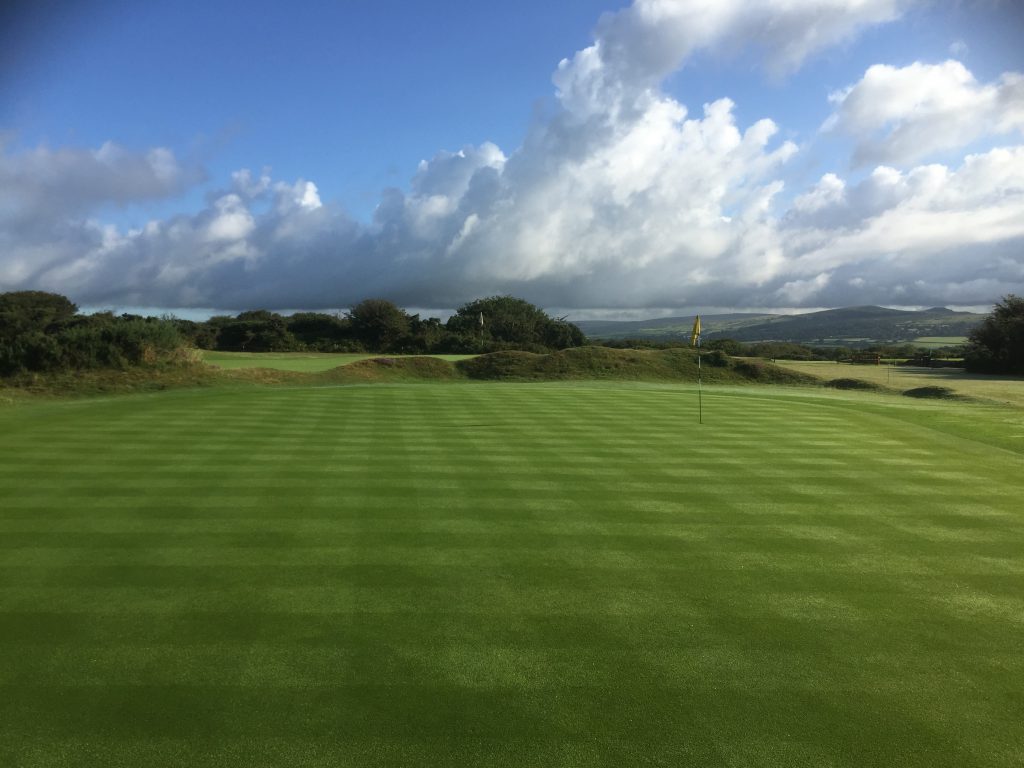
GreenKeeping: What do you do to ensure you are investing in raising the standard of practice and performance from team members?
Kristian Summerfield: We are lucky to have a generous budget for education. Currently our young greenkeeper, Dan, has been flying through his NVQs and I continue to engage in education though I’m well into my career. I’m about to start an HND and will focus on obtaining further qualifications after this. I consider education is crucial at every level of our profession and I am more than happy for my guys to continue education should they desire. Thanks to lessons and advice I picked up, mostly from Gordon at Mill Ride, I like to regularly explain practical tips that I’ve learnt to my team, on things that maybe aren’t mentioned as much in today’s industry. It was drummed into me that poa annua is a weed and should be treated as such and Gordon would teach us how to get the most out of fescues and colonial bents using traditional practices – this has stuck with me and I now try to do the same. I think it is important for young greenkeepers to hear this side of our industry, the tricks that kept golf courses in good order for decades. There’s now a push to replace these species with more costly alternatives while we’re all facing reduced budgets, chemical withdrawals and new untraditional approaches.
We have a great BIGGA section in Devon and Cornwall and we do our best to attend regional workshops – these provide informative presentations and networking opportunities.
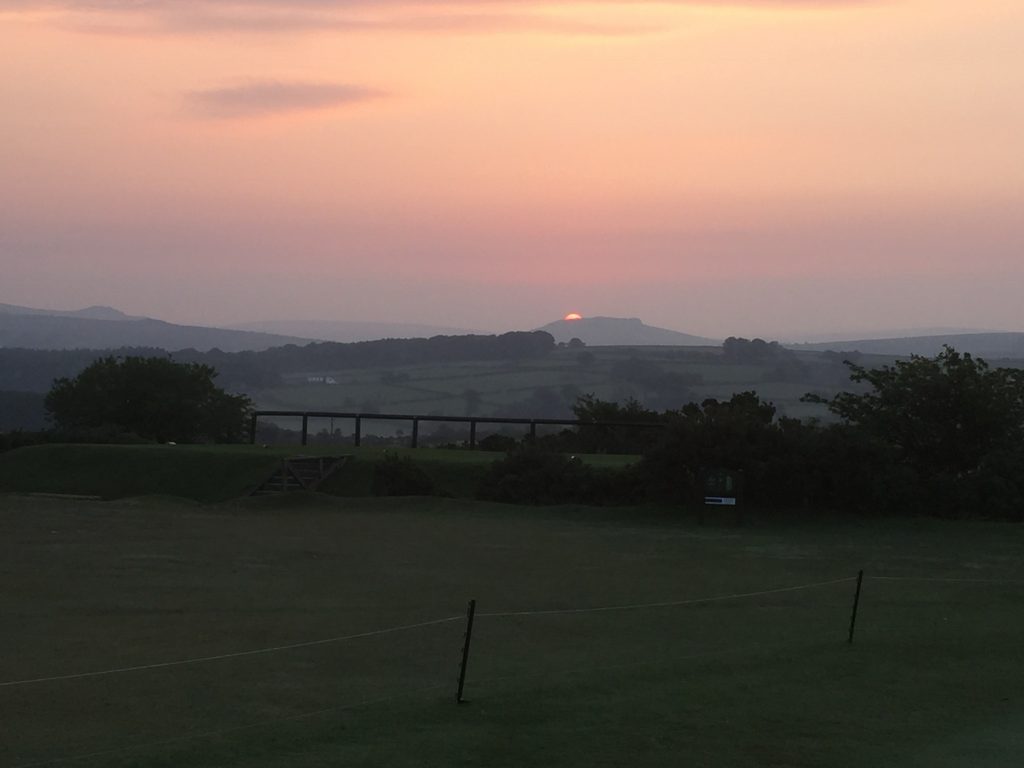
GreenKeeping: The course has a heavy number of trees. How does this affect the health of the plant across the course and what tree management programme do you operate?
Kristian Summerfield: Though we have trees on our course, we dont have an excessive amount, and have just cleared a fair number around the 12th to increase airflow to the green which lays quite wet in the winter. As a moorland course we have a lot of scrubland plants like gorse and bracken that need regular control. We trim the gorse in-house with chainsaws and hedge trimmers, with larger areas of mature, leggy gorse removed thanks to an excavator we kindly borrow from one of our members. More widespread control, known as swaling, is done with the help of the Dartmoor commoners. Overgrown scrubland not only restricts where animals can graze, it poses a wildfire risk in the summer that can be difficult to control. Swaling is the controlled burning of scrubland and is a practice that’s been performed for centuries. A break in weather conditions meant we were recently able to swale for the first time in five years – seeing several hectares of gorse scrubland burn so quickly was an incredible sight.
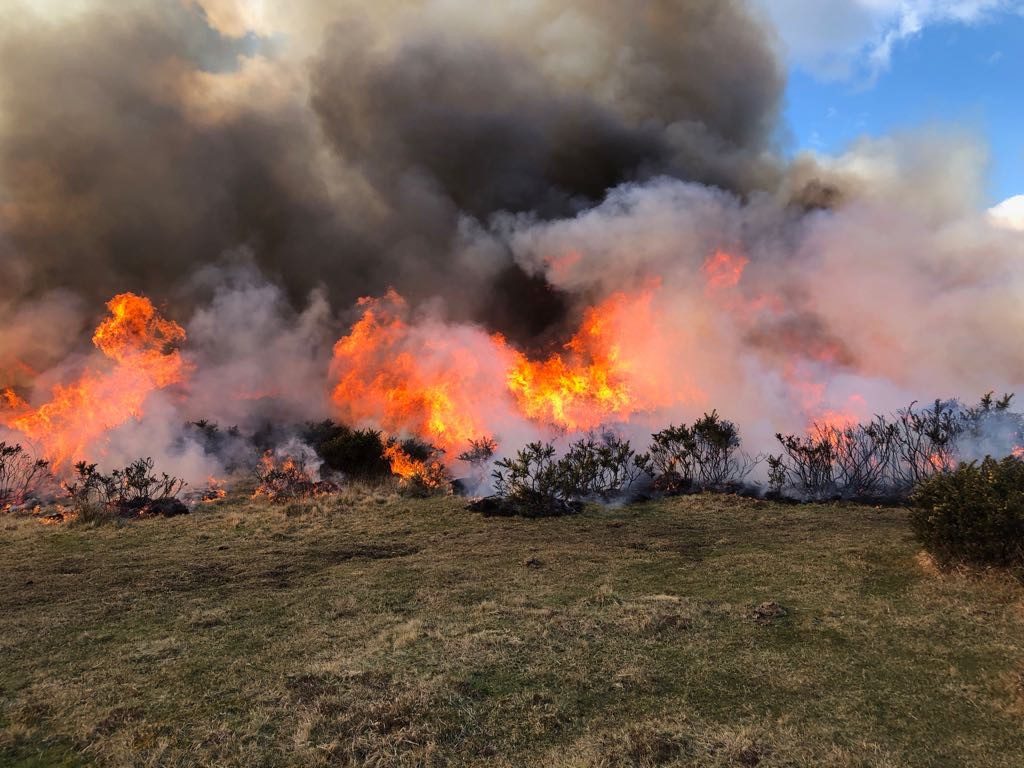
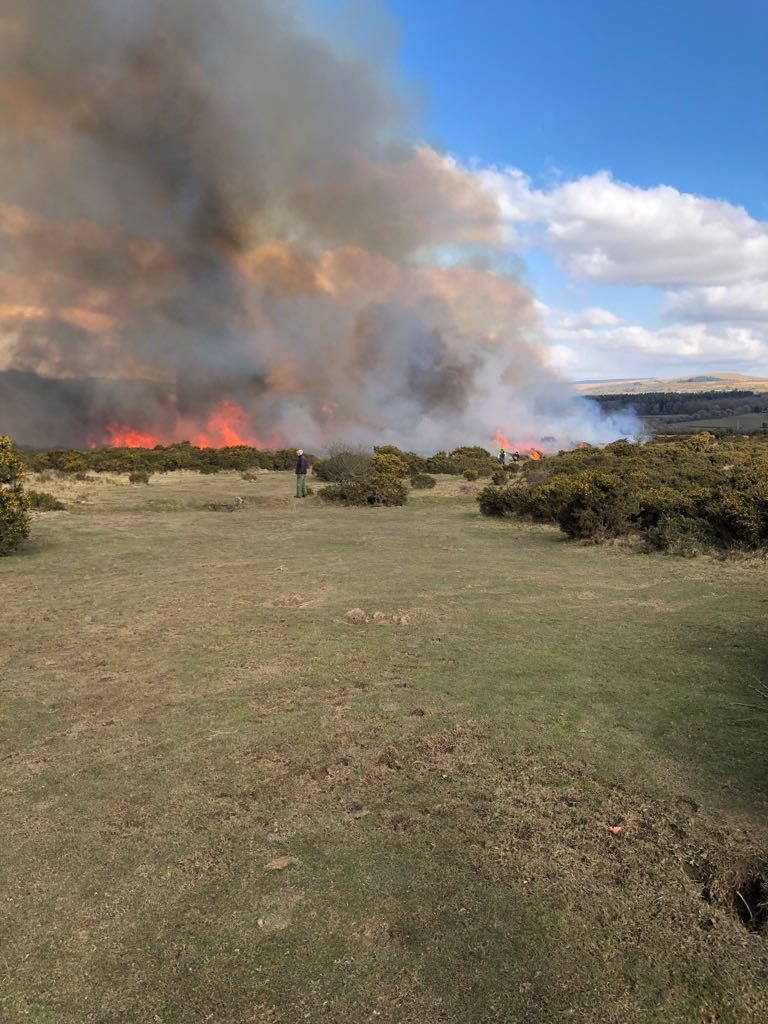
GreenKeeping: The pressures on the course manager to deliver a better product are growing year on year and the level of professionalism is rising with this. What do you think are the qualities now needed to meet the requirements and demands of golfers by someone in your position and how does this help contribute to the business of golf?
Kristian Summerfield: There’s pressures in any managerial role but for us in the greenkeeping industry, I think communication is vital – the reason why a particular task or direction is being taken. Members are passionate about their courses and will listen to the information you give them. I regularly communicate with them, providing up-to-date course reports, rainfall data and consultant reports, as well as answering any questions they may have.
You have to be much more than just a greenkeeper nowadays – on top of the fair amount of knowledge you need to be able to do the job efficiently, you must be willing to go above and beyond. That’s particularly relevant for us here at Yelverton where we manage a huge workload between just five of us. We must organise our time well and be willing to put the hours in to deliver the course in as good a shape as possible for our members and visiting golfers.
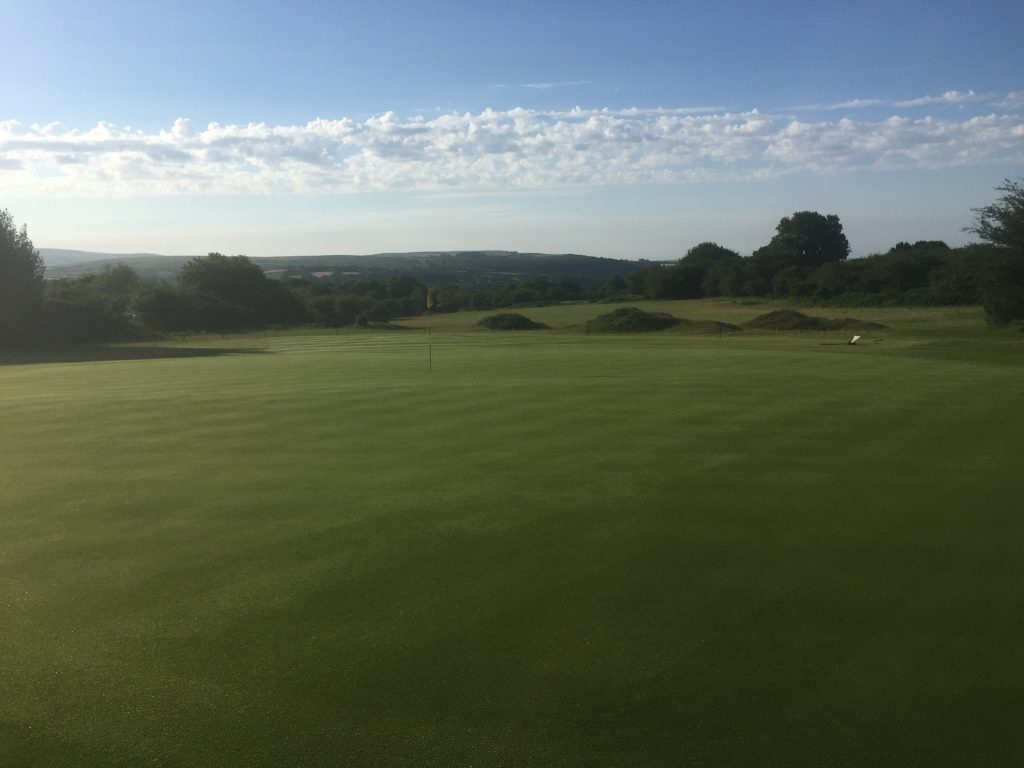
GreenKeeping: What currently gives you the greatest satisfaction from your job?
Kristian Summerfield: I particularly enjoy seeing new greenkeepers progress and evolve in their own careers as capable greenkeepers. I’ve been very lucky to have some fantastic apprentices both here and in Holland, who were open to what I had to teach as well as a desire to educate themselves.
On the golf course side, it has been seeing the increase in finer species in our greens. It is extremely pleasing to see we can out compete with poa annua using traditional techniques on a site that receives so much rainfall. It confirms what I’ve always been taught, that sound greenkeeping practices will produce fine grass playing surfaces.
We still have a way to go but we are firmly on the right path and I look forward to seeing further evolution of the greens.
I guess this leads onto my biggest achievement, which is still yet to come, which will be when we have a bent / fescue dominant sward.
GreenKeeping: What advice would you give to youngsters starting out and wanting to pursue a career in the profession?
Kristian Summerfield: To read Practical Greenkeeping by Jim Arthur and then read it again and again… You can’t go wrong with what is laid out in this book.
On from that, never be afraid to ask questions – whether that be at work, at college or within a network. There will always be someone that will be able to give you concise answers, from which you can decide if it is relevant for you. If you have the opportunity to work abroad then take it. For myself, it was a hugely beneficial experience not just for my career but it helped me grow as a person and was a great opportunity to live and learn in a different culture.
GreenKeeping: What changes do you think need to be made to benefit the industry?
Kristian Summerfield: Again, in my opinion there needs to be more attention given to the traditional approach of greenkeeping. I know there are courses with big budgets that can produce very good playing surfaces with grass species I wouldn’t personally choose but for the vast majority of golf courses, that kind of budget isn’t available. For these courses, the traditional form using fine fescues and colonial bents, is by far the most logical answer. The STRI have proven with data that the best performing putting surfaces are fine fescues and colonial bents, but for some reason – maybe it’s the increasing use of chemicals or the desire to cut greens to lower and lower heights – many courses have seen a decline in sward quality. A parkland course I worked on with 85 per cent fescue, 10 per cent colonial bents a five per cent undesired species, had the best greens I’ve ever seen or played. They were true, smooth and inexpensive to maintain and I believe due to the balanced soil biology we used were stress and disease free. I hear horror stories of clubs applying 30 fungicides a year – surely you must understand that something’s not right to require using that many! For most problems there’s a natural cure, we should be looking below the surface to create the right balance for natural processes to perform at their optimum. I feel looking back to the past will give us the best chance for the future.

























